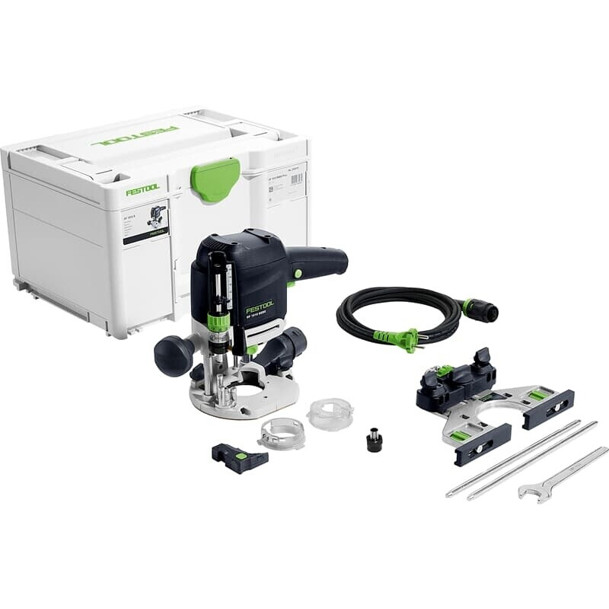Understanding the Stationary Planer Test: An In-Depth Guide
When it comes to woodworking, precision is vital. Craftsmen rely heavily on tools that can create smooth, flat surface areas and consistent thicknesses in lumber. One essential tool that takes center stage in this procedure is the stationary planer. However, the effectiveness of a stationary planer can vary significantly based on different parameters that must preferably be checked before use. This is where the "Stationary Planer Test" enters play, working as an assessment tool to determine the efficiency and quality of the tool. Dickenhobel Maschine Preisvergleich detailed guide will look into the nuances of the stationary planer test, its value, methodology, and common questions.
What is a Stationary Planer?
A stationary planer, often described just as a "planer," is a machine utilized to smooth wood surface areas and decrease the thickness of lumber. Unlike portable planers, stationary planers are repaired in one location, providing more power and stability, making them appropriate for larger pieces of wood. The stationary style typically translates to greater performance, allowing for finer finishes and more constant outcomes.
Benefits of Using a Stationary Planer
| Benefit | Description |
|---|---|
| Precision | Offers consistent thickness across wood pieces |
| Smoother Surfaces | Leaves a fine finish that needs minimal sanding |
| Resilience | Developed to hold up against heavy-duty use |
| Adaptability | Can deal with a range of wood types and sizes |
Importance of the Stationary Planer Test
The stationary planer test is vital for both manufacturers and end-users. Here are some key reasons that performing this test is essential:
- Quality Assurance: Manufacturers perform the test to make sure product security and reliability. A sound planer decreases the threat of accidents and enhances user experience.
- Efficiency Metrics: The test helps identify measurements such as planing speed, cutting quality, and motor effectiveness. These metrics can be critical in assessing whether the tool fulfills functional requirements.
- Longevity Insights: Regular screening can offer insights into the wear and tear of different parts, notifying upkeep schedules for much better longevity.
- User Guidance: For end-users, the test results can offer guidance on the most effective ways to make use of the planer, including feed rates and optimum cuts.
Key Performance Indicators (KPIs) in the Planer Test
The following key performance signs are normally observed during the stationary planer test:
| KPI | Description |
|---|---|
| Flatness | Procedures how flat the surface area of the wood wants planing |
| Thickness Accuracy | Assesses how carefully the final thickness matches the target |
| Surface area Roughness | Assesses the smoothness of the surface post-planing |
| Feed Rate | Determines optimum feed speed for reliable efficiency |
| Power Consumption | Evaluates the energy efficiency of the machine |
Method of the Stationary Planer Test
Test Preparation
Before conducting the stationary planer test, it's important to prepare adequately:
- Material Selection: Use different kinds of wood to examine adaptability. Typical options include softwoods like pine and hardwoods like oak.
- Machine Calibration: Ensure adjustments have actually been produced the preliminary settings. Examine if the blades are sharp, the height is set properly, and the feed systems are practical.
- Safety Precautions: Follow all safety measures, including wearing protective eyewear and protecting loose clothes.
Step-by-Step Testing Procedure
Follow these steps for a comprehensive evaluation:
Initial Calibration Check:
- Measure the blade height.
- Validate the calibration using an accuracy gauge.
Flatness and Thickness Test:
- Plane a piece of wood and determine its thickness at numerous points.
- Utilize a straightedge to check flatness across the surface.
Surface Area Roughness Measurement:
- Use a surface area roughness tester to assess the smoothness.
- A roughness average (Ra) worth is usually taken between 0.2 to 0.5 micrometers for efficient planing.
Speed and Feed Rate Assessment:
- Record the time required to airplane different wood types at varying speeds.
- Calculate ideal feed rates for each material.
Last Review:
- Review collected information versus fixed benchmarks.
- Compile lead to an accessible format for future referral.
Results Compilation
It is important to document the findings methodically. Below is a sample format:
| Wood Type | Preliminary Thickness | Last Thickness | Flatness (mm) | Surface Roughness (Ra) | Feed Rate (m/min) |
|---|---|---|---|---|---|
| Pine | 38 mm | 30 mm | 0.1 | 0.3 | 8 |
| Oak | 40 mm | 35 mm | 0.05 | 0.4 | 6 |
Frequently Asked Questions (FAQ)
1. How often should stationary planers be evaluated?
Regular screening is recommended, usually after every substantial usage, such as weekly or month-to-month, depending on the volume of work.
2. Can I perform the test myself?
Yes, woodworkers with some technical knowledge can perform the test, however if in doubt, it is recommended to talk to professionals.
3. What tools do I require for the test?
You will require a thickness gauge, surface roughness tester, a straightedge, and possibly a computer system for data collection.
4. What should I do if my planer does not perform as anticipated?
Think about calling customer support for technical support, or consult a professional for maintenance recommendations. A deeper assessment may reveal additional underlying concerns.
5. Is the stationary planer test appropriate to all planers?
While the principles are the very same, the test's specifics might vary depending on the type, size, and model of the planer.
The stationary planer test is a critical examination tool that guarantees both the performance and safety of these important woodworking devices. By systematically evaluating different performance metrics, users can guarantee they attain the very best possible results, from crafting furniture to complex woodworking jobs. Regular testing assurances not simply quality in your work but likewise promotes a more secure and more efficient workshop environment. Whether you're a manufacturer, professional woodworker, or a hobbyist, comprehending the stationary planer test could make a world of difference in your woodworking endeavors.

